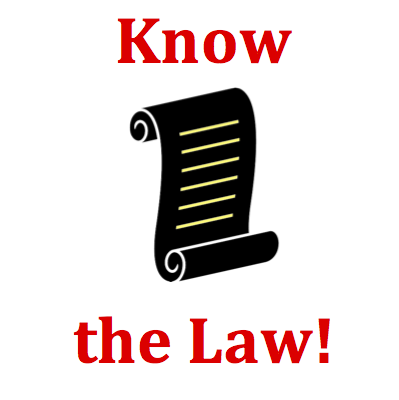Hold down the T key for 3 seconds to activate the audio accessibility mode, at which point you can click the K key to pause and resume audio. Useful for the Check Your Understanding and See Answers.
Mission NL2 Balanced Forces and the State of Motion - Question Group 9 Help

The diagrams below depict the individual forces acting upon an object. Each arrow represents a force and the length of the arrow represents the size of the force. Based on this information, which objects could be moving ...

An object at rest will tend to stay at rest; an object in motion will tend to stay in motion with the same speed and direction, unless acted upon by an unbalanced force.

Forces, when unbalanced, cause objects to accelerate. And the direction of the acceleration is the same as the direction of the force. Forces, when balanced, result in an object either remaining at rest (if at rest) or continuing in motion (if in motion) at a constant velocity.
There must be more right force than left force if an object is moving to the right and speeding up. There must be more left force than right force if an object is moving to the right and slowing down. There must be the same amount of right force as left force if the object is moving to the right at a constant speed. If nothing is known about the direction of the acceleration, then nothing can be concluded about the direction of the unbalanced force.

